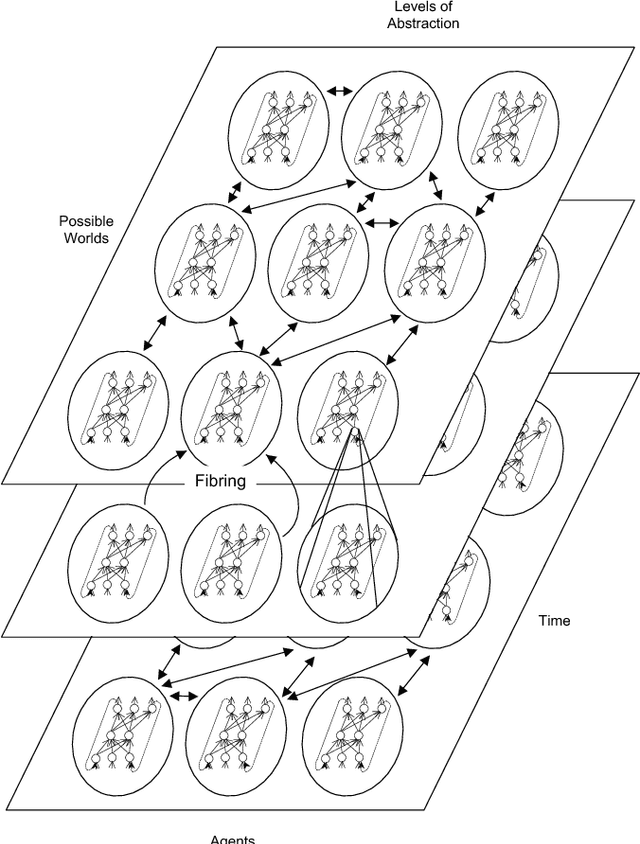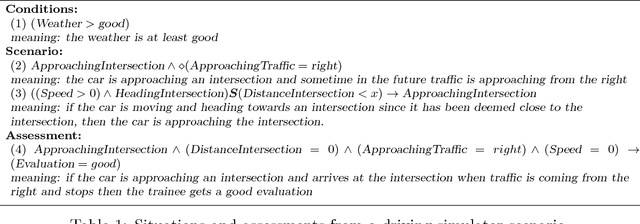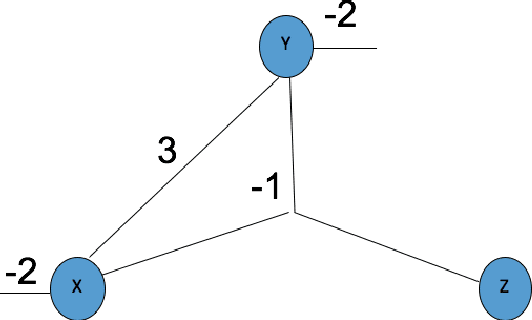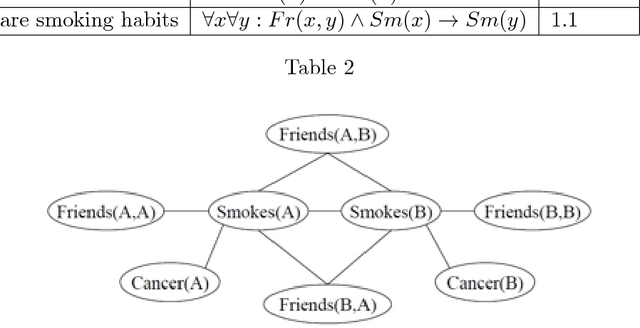Kai-Uwe Kuehnberger
Show Me How It's Done: The Role of Explanations in Fine-Tuning Language Models
Feb 12, 2024



Abstract:Our research demonstrates the significant benefits of using fine-tuning with explanations to enhance the performance of language models. Unlike prompting, which maintains the model's parameters, fine-tuning allows the model to learn and update its parameters during a training phase. In this study, we applied fine-tuning to various sized language models using data that contained explanations of the output rather than merely presenting the answers. We found that even smaller language models with as few as 60 million parameters benefited substantially from this approach. Interestingly, our results indicated that the detailed explanations were more beneficial to smaller models than larger ones, with the latter gaining nearly the same advantage from any form of explanation, irrespective of its length. Additionally, we demonstrate that the inclusion of explanations enables the models to solve tasks that they were not able to solve without explanations. Lastly, we argue that despite the challenging nature of adding explanations, samples that contain explanations not only reduce the volume of data required for training but also promote a more effective generalization by the model. In essence, our findings suggest that fine-tuning with explanations significantly bolsters the performance of large language models.
Neural-Symbolic Learning and Reasoning: A Survey and Interpretation
Nov 10, 2017



Abstract:The study and understanding of human behaviour is relevant to computer science, artificial intelligence, neural computation, cognitive science, philosophy, psychology, and several other areas. Presupposing cognition as basis of behaviour, among the most prominent tools in the modelling of behaviour are computational-logic systems, connectionist models of cognition, and models of uncertainty. Recent studies in cognitive science, artificial intelligence, and psychology have produced a number of cognitive models of reasoning, learning, and language that are underpinned by computation. In addition, efforts in computer science research have led to the development of cognitive computational systems integrating machine learning and automated reasoning. Such systems have shown promise in a range of applications, including computational biology, fault diagnosis, training and assessment in simulators, and software verification. This joint survey reviews the personal ideas and views of several researchers on neural-symbolic learning and reasoning. The article is organised in three parts: Firstly, we frame the scope and goals of neural-symbolic computation and have a look at the theoretical foundations. We then proceed to describe the realisations of neural-symbolic computation, systems, and applications. Finally we present the challenges facing the area and avenues for further research.
 Add to Chrome
Add to Chrome Add to Firefox
Add to Firefox Add to Edge
Add to Edge